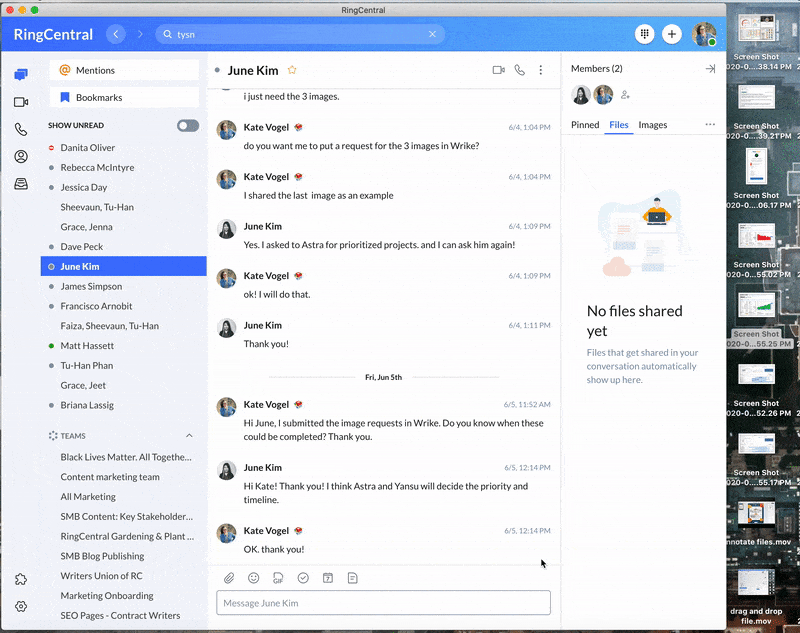Since the start of the healthcare crisis, workplaces across the globe have been forced to fast-track flexible work initiatives to cater to newly dispersed staff. In 2020, when we left office spaces in favor of remote work, we inadvertently accelerated the digital transformation.
Boundaries between work and home are continuing to blur as we begin to return to the office. The last year has given companies a taste of the benefits of remote working and shown them staff can be productive even when they’re not sharing the same workspace.
Startups are no exception in this case. Before the crisis, the plan for startups was always to have the team together in a brick-and-mortar space to encourage collaboration and agility. But now, as new communications tools disrupt the way business is done, the dynamic for startups has evolved, too.
Led by the tech industry, multinational conglomerates and startups alike are now pursuing hybrid work, using the cloud to break down silos between the physical and digital world to create models that combine the best of both and are fit for modern post-pandemic working life.
In this article, we’ll cover:
👀 Is your startup fully prepared for hybrid work? Set your business up for success with our State of Hybrid Work report.
What is a hybrid workplace model?
A hybrid model of work arranges for employees to work some of their time on-site (from the office) and some from another remote location.
Work during the pandemic has shown organizations that their workers are adaptable and that a change of location and juggling competing priorities doesn’t necessarily mean a loss of productivity.
While established enterprises are unlikely to abandon office work altogether, they’re more receptive to hybrid working today than they were pre-pandemic. Tech firms like Apple and Facebook, alongside retail giant Amazon, have been leading the charge when it comes to reimagining working models to incorporate remote teams.
Even President Biden has rejected a return to the office full-time for US government workers, with federal employees looking set to enjoy permanent work-from-home capabilities.
Why startups are adopting a hybrid work model
Preparing for a hybrid future
Embracing a future-forward approach, the biggest names in Silicon Valley are flocking to become co-founders of startups that deliver digital tools for remote workers. Cloud-based communications solutions and collaboration tools that facilitate global team interactions and the provision of remote support represent the future of work, and this is something they’re embracing.
Platforms like RingCentral are helping users to make the most of their new hybrid workspaces while maintaining consistently excellent customer experiences. RingCentral Engage Digital™, for example, gives call center agents the ability to work from anywhere, managing multiple customer conversations from one unified platform.
Whether your customer service team is in the office, operating from co-working spaces, or from somewhere more remote, they can access all essential metrics and analytics across various customer touchpoints to supercharge the customer experience they provide.
Easier connections and teamwork
Face-to-face communication has always been a valuable part of the office experience, but that doesn’t mean it’s absent from remote work. With a hybrid working model, the office can remain the central hub for in-person interactions, and remote work can provide opportunities for personal interactions as well.
With the right resources, remote workers can make personal connections and engage in teamwork online. Video meeting technology and conferencing solutions can have a substantial impact on the way workers interact.
The location of our work may have changed, but high-touch teamwork can be supported wherever teams are based. RingCentral, for example, allows hybrid teams to stay in touch via group chats and video calls while also tracking shared tasks and sharing files:

You can even invite outside stakeholders to join team chats and video calls, so everyone can keep track of projects in the same place.
Cost-effective solutions
Tech giants and venture capital execs are getting in on this trend because they see the potential of virtual communications tools to make remote teamwork easier and more economical. With a system like RingCentral, they know they can run a fully functioning contact center for support from anywhere and save serious money on real estate.
Adopting these solutions today improves a business’s long-term digital engagement and revenue potential. By embracing hybrid work and integrating AI and machine learning trends into customer service provisions, they can become a multi-channel operation, meeting customers wherever it’s most convenient for them.
Not only this but all-in-one digital communications platforms with omnichannel capabilities decrease hardware costs, too.
A smaller carbon footprint
Another reason tech entrepreneurs are looking to invest in resources that facilitate hybrid work is to reduce their carbon footprint and promote sustainability. As more businesses are becoming eco-conscious, choosing to telecommute rather than use real-world transportation is a simple way to reduce employees’ greenhouse emissions.
How to create a hybrid workplace for your startup
1. Integrate secure communications tools
Once you’ve decided to implement a hybrid work week, you need the tools to make sure your employees can communicate effectively with each other and customers and that these channels are secure to protect your intellectual property.
Cybersecurity should be top of the agenda if your business deals with sensitive data, such as if you run a healthcare organization. Likewise, you want assurances that your internal communications will not be intercepted.
Here, RingCentral can give you peace of mind, offering a multi-layered security strategy and service cloud security measures like anti-malware, endpoint detection and response, and security analytics for threat detection.
2. Pick an all-in-one cloud solution
The more connected your business phone system is, the easier it will be to maintain communication among colleagues during remote work days. Being able to manage calls, messages, and video meetings in one app makes workflows more efficient and interacting with your team effortless, as you don’t need to toggle between apps to get things done:

Time is money for startups, and this kind of streamlined efficiency will protect your burn rate.
3. Prioritize customer experience
Ultimately, your transition to a hybrid work model shouldn’t compromise the customer experience. Your customer should be the priority and enjoy the same level of service wherever your employees are based.
Your aim should be to create a memorable buying experience and for interactions with your brand to be positive. To make customers feel valued, have a good knowledge base to draw from, supported by call logs and information from past interactions.
You don’t need to be in the office to exchange client details with teammates. When an agent requires more intel on a particular caller, all they’ll have to do is message or video call a team member with more experience.
Highlights
To summarize what we said above:
- A hybrid work model lets employees combine remote and office work.
- Industry leaders are increasingly looking for an entry point into new marketplaces by providing digital tools for remote work.
- RingCentral can supercharge your customer care.
- Virtual communications tools can cut your business costs. RingCentral lets you run a fully functioning contact center without the expense of real estate space or hardware costs.
- RingCentral’s integrations can boost productivity.
- You should consider cybersecurity when picking an all-in-one communications solution.
- You must always make the customer experience your priority.
Start your hybrid work journey today
The global pandemic has expedited the fusing of the physical and digital worlds. As more organizations pursue remote work initiatives and flexible schedules, those planning for a future of hybrid working should consider investing in a cloud communications platform to maintain service standards and ensure effortless interactions between colleagues.
Using an all-in-one and intuitive platform can enhance the productivity of your workers and help them to deliver reliable and high-quality customer experiences, ensuring positive interactions with your brand in the future.
Looking For Startup Consultants ?
Call Pursho @ 0731-6725516
Telegram Group One Must Follow :
For Startups: https://t.me/daily_business_reads




